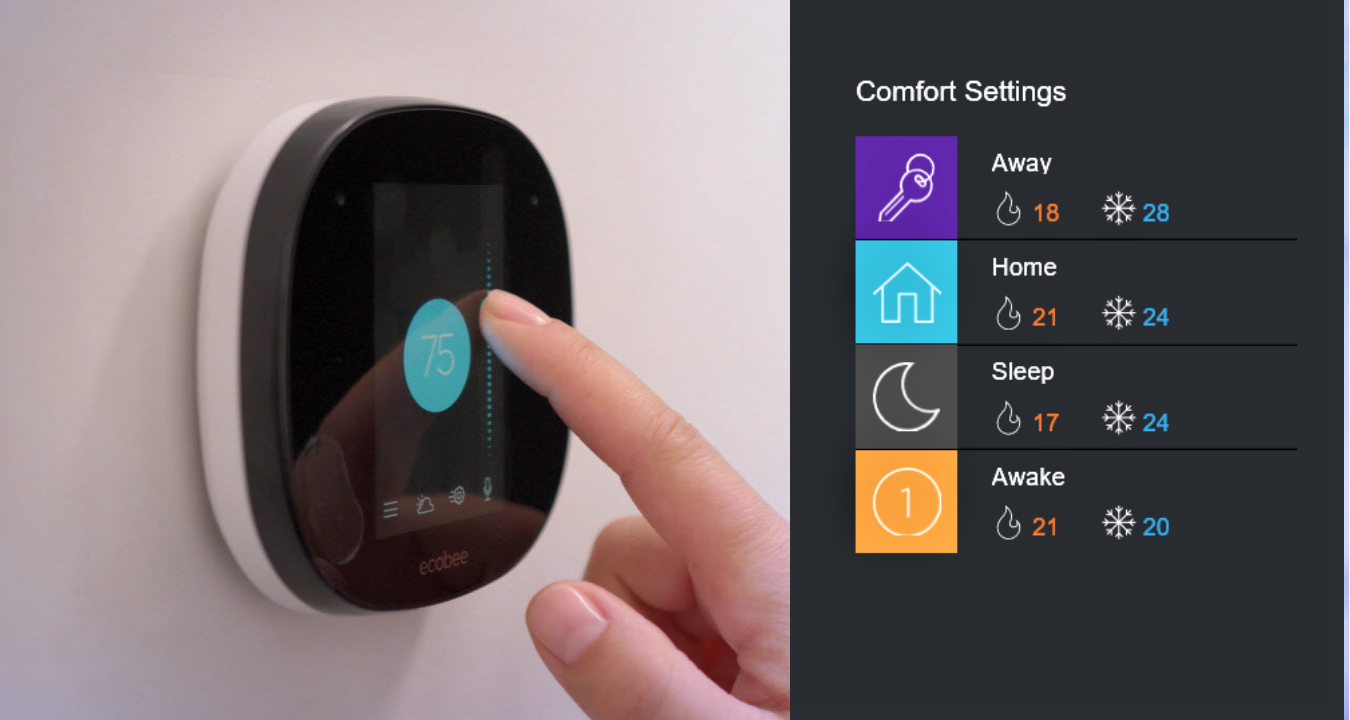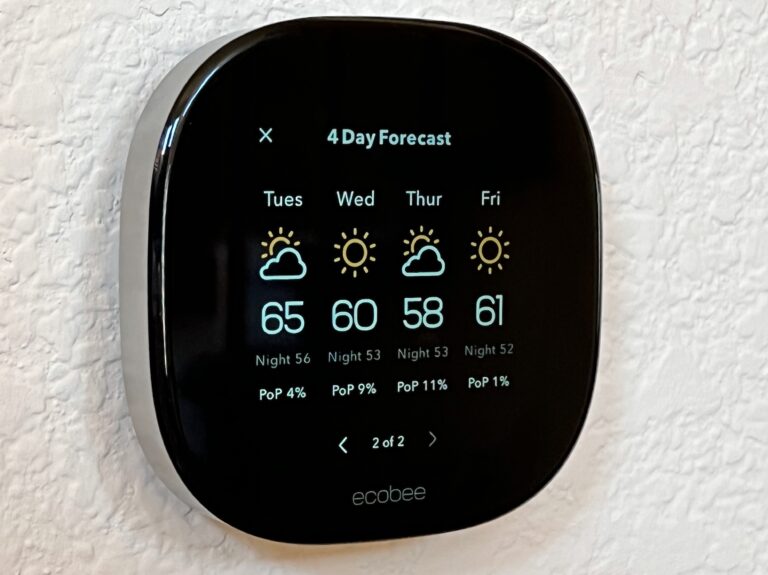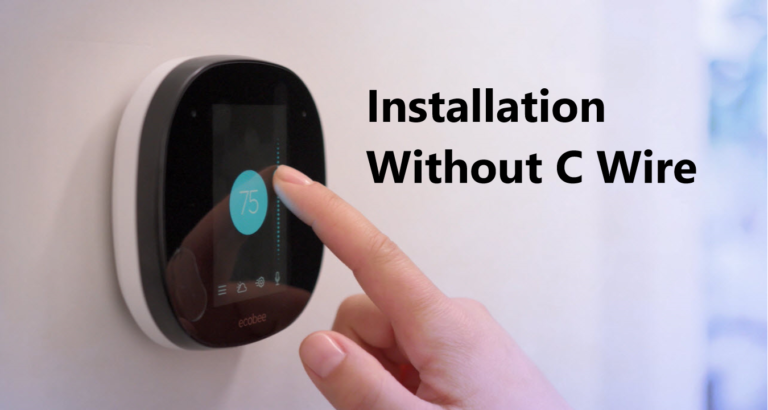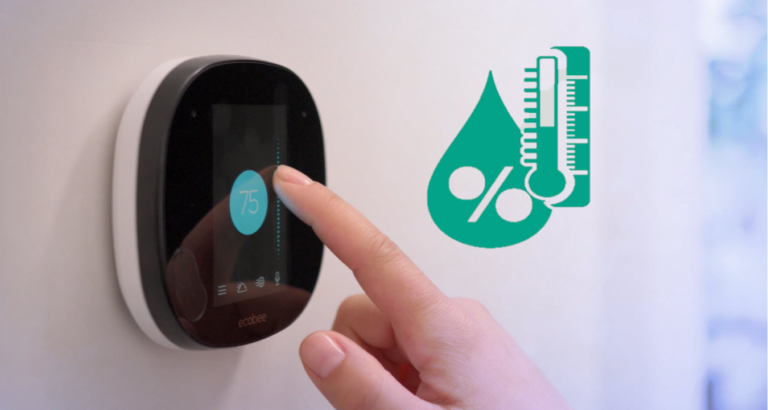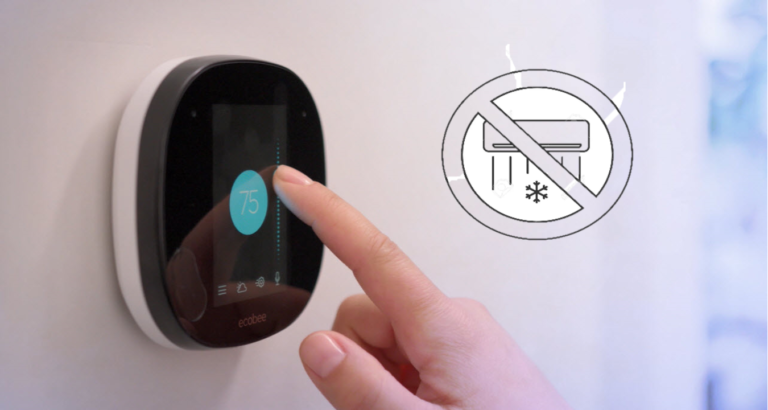Ecobee Savings vs Comfort Setting- What To Do?
The Ecobee smart thermostat offers a range of settings and features that allow users to optimize their home’s heating and cooling for both energy savings and comfort.
One key decision homeowners often face is whether to prioritize savings or comfort when configuring their Ecobee thermostat.
In this blog post, we will explore the differences between Ecobee savings and comfort settings and provide guidance on how to strike the right balance between energy efficiency and personalized comfort in your home.
Understanding Ecobee Savings Setting
The Ecobee savings setting is designed to maximize energy efficiency and reduce utility costs.

When this setting is selected, the thermostat will make adjustments to temperature settings and heating/cooling schedules to conserve energy.
It may use slightly wider temperature differentials, extend setback periods, and limit unnecessary heating or cooling to save energy.
Benefits of Ecobee Savings Setting
1. Energy Efficiency:
The savings setting helps reduce energy consumption by optimizing temperature control and minimizing HVAC system usage.
It can lead to substantial energy savings over time, resulting in lower utility bills and a reduced carbon footprint.
2. Cost Savings:
By prioritizing energy efficiency, the savings setting can help homeowners save on their heating and cooling expenses.
It achieves this by minimizing unnecessary heating or cooling, implementing setback periods when the home is unoccupied, and fine-tuning temperature differentials.
Understanding Ecobee Comfort Setting

The Ecobee comfort setting emphasizes personalized comfort and maintains consistent temperature levels throughout the day. When this setting is chosen, the thermostat will prioritize maintaining the desired temperature, even if it means increased energy consumption.
Benefits of Ecobee Comfort Setting
1. Personalized Comfort:
The comfort setting allows homeowners to enjoy a more consistent and tailored indoor environment.
It ensures that the temperature remains close to the set point, providing comfort throughout the day and night.
2. Quick Recovery:
With the comfort setting, the Ecobee thermostat will adjust heating or cooling quickly to reach the desired temperature when occupancy is detected.
This helps to avoid any discomfort associated with waiting for the temperature to stabilize.
Finding the Right Balance
1. Understand your Priorities:
Consider your energy-saving goals, budget, and personal comfort preferences.
Determine whether saving on energy costs is your primary objective or if personalized comfort takes precedence.
2. Schedule Customization:
Take advantage of Ecobee’s scheduling features to create a personalized heating and cooling schedule that aligns with your lifestyle.
This allows you to set temperature variations and setbacks during unoccupied periods while ensuring comfort when you are at home.
3. Vacation Mode:
If you plan to be away for an extended period, activate the Ecobee’s vacation mode.
This setting allows you to conserve energy by adjusting the temperature to a predetermined level, providing some savings without compromising comfort.
4. Adaptive Recovery:
Leverage Ecobee’s adaptive recovery feature, which learns how your home heats up or cools down, and adjusts the temperature accordingly to reach your desired level at the scheduled time.
This ensures optimal comfort while minimizing unnecessary energy consumption.
5. Temperature Adjustments:
Fine-tune your temperature settings to strike a balance between energy savings and comfort.
Experiment with slightly wider temperature differentials or adjust the set point by a few degrees to find the sweet spot that suits your needs.

